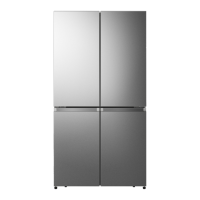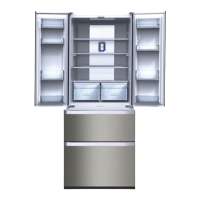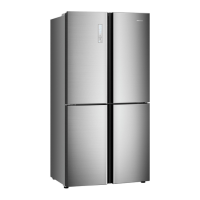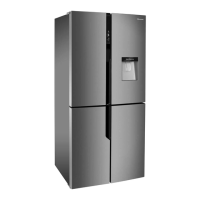What to do if my Hisense RQ768N4GBE is not working correctly?
- TtrevormejiaAug 14, 2025
First, check whether the power cord is properly plugged into the power outlet. Then, check the fuse or circuit of your power supply and replace it if necessary. If the ambient temperature is too low, try setting the chamber temperature to a colder level.





